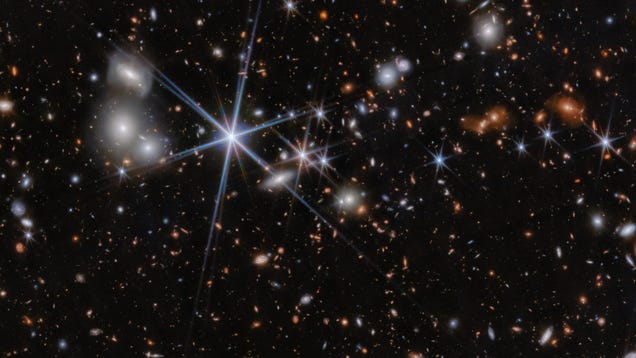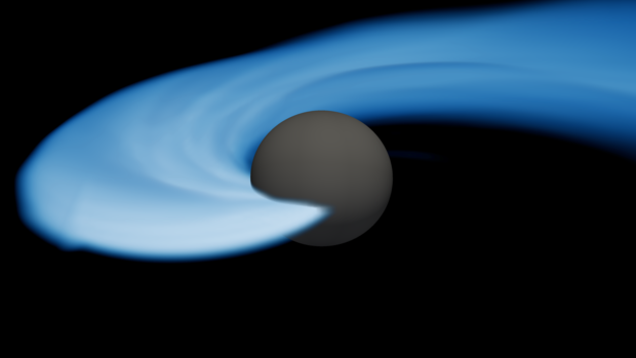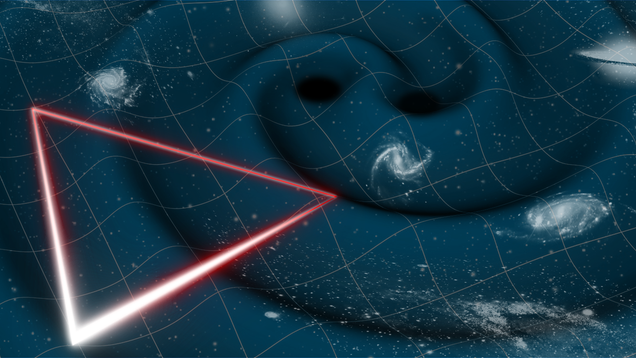

Speculative new research outlines a method for detecting extraterrestrial civilizations: by catching the gravitational waves produced by the collapse, or failure, of their warp drives. Sounds wild, but the concept is grounded in the principles of Einstein’s general relativity.

The cutting-edge Webb Space Telescope has spotted the most distant black hole merger yet, which occurred when the universe was just 740 million years old. It’s the first time astronomers have seen a merger so early in the universe’s history, making it a record breaker.

The supermassive black hole at the center of our galaxy is the undisputed heavyweight champion of the Milky Way, but a newly spotted object takes the crown for the most massive stellar black hole known in our galaxy, weighing in at an impressive 33 times the mass of our Sun.

A leading gravitational wave observatory recently detected ripples in spacetime that scientists say came from the collision of a dead, superdense stellar remnant and an unknown object.

Stay calm, everybody stay calm. But it’s finally happening: The European Space Agency is committing itself to the Laser Interferometer Space Antenna (LISA), a gravitational wave observatory that will study some of the universe’s most enigmatic phenomena.
No space-based gravitational wave observatory exists…yet. But that hasn’t stopped a team of astronomers from demonstrating how the gravitational universe might look, using simulated data to create a “synthetic gravitational sky.”
